“Is it right to be watching college sports?”
That’s the question I’ve been asking myself for the past several months. The answer is complicated.
Every time I turn on the TV and flip over to a sport, I can’t help but feel a little guilty. It’s nice to watch sports again, but at the same time, it feels so wrong. My conflicted feelings come from my desire for some sort of escape and entertainment, but at the same time, that desire comes at the expense of the athletes actually playing who are risking their health.
Former Nationals closer Sean Doolittle said it best: “Sports are like the reward of a functioning society.”
What’s happening in America can barely be described as functioning. We’re in the middle of a pandemic that has killed over a quarter of a million Americans, yet to flatten the curve, and we are with barely any national leadership. People are losing their lives and others are having their livelihoods destroyed.
This isn’t an article about whether the college basketball season will be able to be played. This is about whether it’s right that the season is being played. I’m not trying to rain on anyone’s parade with this piece, but I feel that this is an important discussion to have as we root for our beloved Hoyas as they take the court again tomorrow. This year is unlike any other, and carrying on like it is is ludicrous. That extends to watching college basketball; in any other year, I’d have way fewer moral conflicts about watching. But not this year.
Watching college football has given me a sense of how the college basketball season might go. It’s not pretty. In short, it feels like a ticking time bomb. College football has already seen numerous COVID outbreaks, and that’s only within individual programs, with minimal cross-team contamination.
In addition, college football is played outdoors, while college basketball has no such luxury. That means college basketball players are going to be in way closer physical contact indoors, which provides so many more opportunities for an outbreak to spread from one team to another.
So much of this season (and indeed, our national response) is predicated on trust that others are doing the right thing. That people are distancing, wearing masks, and being responsible. We know how that’s going.
For teams that don’t know how seriously the other teams are taking it, they could be taking risks with the health of their athletes. For example, Clemson football let a symptomatic player practice. With 353 Division 1 college basketball teams (compared to 130 FBS teams), the opportunities for spreading the disease are even more numerous.
Even for these young and in-shape athletes who are likely to survive COVID, there’s still so much we don’t know about the disease. We don’t know what some of the lifelong side-effects of COVID could be and what the athletes are risking in their future health by playing.
One side effect of COVID that we do know is myocarditis. Myocarditis is a heart inflammation condition that can be seriously exacerbated by strenuous exercise. Eduardo Rodriguez, a pitcher for the Boston Red Sox, had to opt out of the 2020 MLB season due to how severely the myocarditis affected him. Experts have cautioned that college athletes who recover from the virus can develop myocarditis.
While athletes are likely to survive COVID, the decision to return to play affects so many more people than that. There’s the people who are interacting with the players every day, such as the training staff and coaches, many of whom are at higher risk for COVID. In addition, it’s the support staff that make the games possible, many of whom I’ve had the pleasure of meeting over the past three years. It’s the arena staff, communications personnel, TV crews, and so many more who are all affected by the decision to play. It’s also not just the people who are going to be there in person who could be affected by an outbreak; it’s the families and immediate circles of all of these people who could become affected.
While the opportunity to get back to work and make money is surely driving these people back to work, it says something about our national response to this pandemic, as well as our priorities, when they have to go back to work to put together an entertainment product with unpaid college students at the heart of it all. Essential and frontline workers have already had to risk the lives of themselves and their families to return to work, and the return to play quite possibly extends that risk to all the support staff that make college athletics possible. In addition, people back on campuses that are continuing with in-person activities are affected by being in close proximity to the student-athletes.
In the preseason period, there are currently 35 programs that are “on pause” and quarantining due to either contract tracing or active COVID outbreaks.
What happens when all these teams start playing each other?
One proposed solution to these concerns has been to create “bubbles”, much like the NBA did in Orlando, to ensure that the season is successfully seen through to completion. Leaders at Big East schools have considered a bubble for conference play. As I write this, there are teams flying across the country to playing in various season tip-off bubble tournaments, including one (inexplicably) in South Dakota.
However, taking college athletes and then putting them in bubble environments feels so morally wrong. It’s one thing when the players are paid to play (as in the NBA), but for unpaid 19 and 20 year olds, locking them in a bubble to save the season and salvage TV revenue doesn’t sit right with me.
That really throws out any pretense of having these “student-athletes” as “students first”. This is especially moreso by having student-athletes return to play sports while ordinary students are not brought back to campus because of the risk involved (as is the case at Georgetown).
There are more than 40 teams taking part in “bubble” tournaments over the next few weeks. However, this number is in flux, as COVID cases continue to pile up across college basketball. As mentioned earlier, there are currently at least 35 programs on pause due to COVID. No one is immune. The head coach of Baylor, ranked second in the nation, recently announced that he tested positive. In addition, Jim Boeheim, a Hall of Famer, announced that he had tested positive.
The rising number of cases across college basketball has prompted teams like Arizona State, Duke, Florida, and Creighton, just to name a few, to back out of these various tourneys.
Even if you give players an opt out for the bubble, they very well could still feel obligated to play because their professional dreams hinge on playing or they need the stable environment.
I’ve written a lot about why I personally struggle so much with watching college athletics return. It seems pretty cut and dry that cheering on the return to college sports is morally fraught. With all of this being said… here’s why I struggle so much with the question of whether or not it’s moral to watch college basketball this year.
It’s important to note that so many student-athletes do want to play. The solidarity of hundreds of student-athletes asking for a return to play dominated headlines, especially in the world of college football.
There’s also the argument that returning to play with a team provides stability for student-athletes who might not otherwise have that at home.
In addition, it provides access to continuous testing and healthcare that might not be possible if the athletes were simply to remain home. Universities also have access to more resources to help athletes remain safe.
Patrick Ewing offered his take on if college basketball should be played during Georgetown’s media availability before Wednesday’s season opener, saying that “You are right that the coronavirus is spiking, but I think [returning to play] is something good for these guys to do for their mental health.”
The #WeWantToPlay movement has echoed many of these sentiments.
A return to college basketball also allows all the people (such as arena staff and freelance production crews) who have been out of work for so long a chance to get back to work and earn a living. That’s important, especially since our national response has largely failed to help workers remain on their feet.
This is the other part of this question of morality that needs to be addressed and why it’s not so cut and dry.
This is what it comes down to. It’s a choice between protecting the health of the student-athletes and the scores of people they interact with, versus providing stability and healthcare to the student athletes, plus a return to work for so many people who have been out of work for so long. It is not an easy choice, and this is why I find myself still waffling between both sides of this question of, “is it right to return to playing college sports?”
I’m rooting as hard as possible for the college basketball season to be a success. There’s no one who wants to see it happen more than I do. I hope there will be no disruptions, that everyone remains healthy, and that athletes are able to do what they love. At the same time, I feel some sense of moral responsibility for watching this and even encouraging it. I’ll probably still watch, but it’s going to be harder to root with unbridled enthusiasm this year.
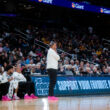
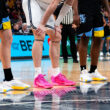


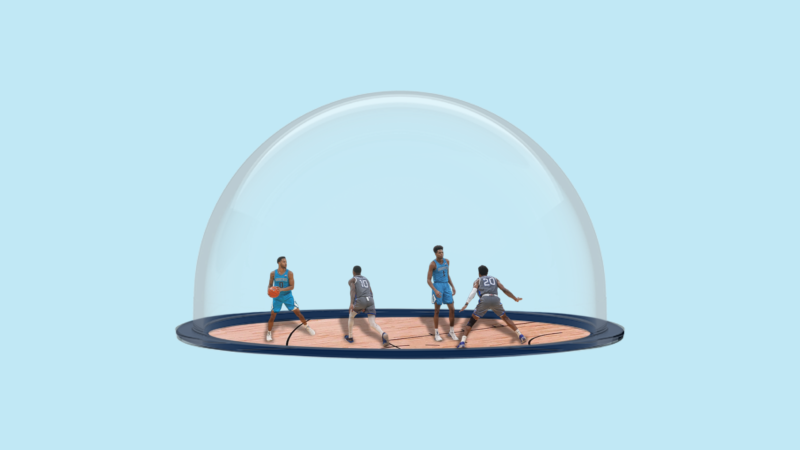
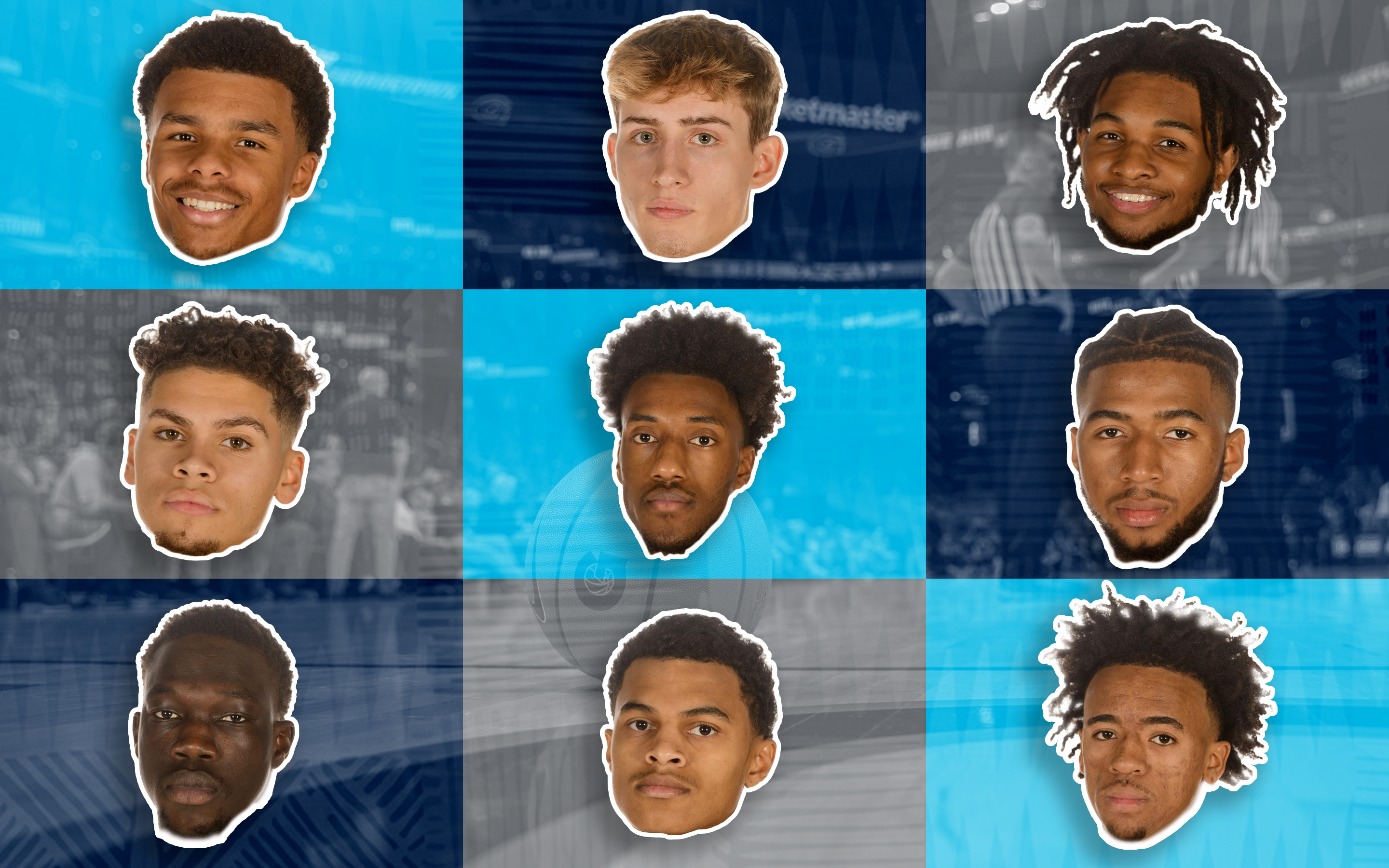
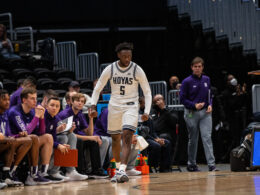
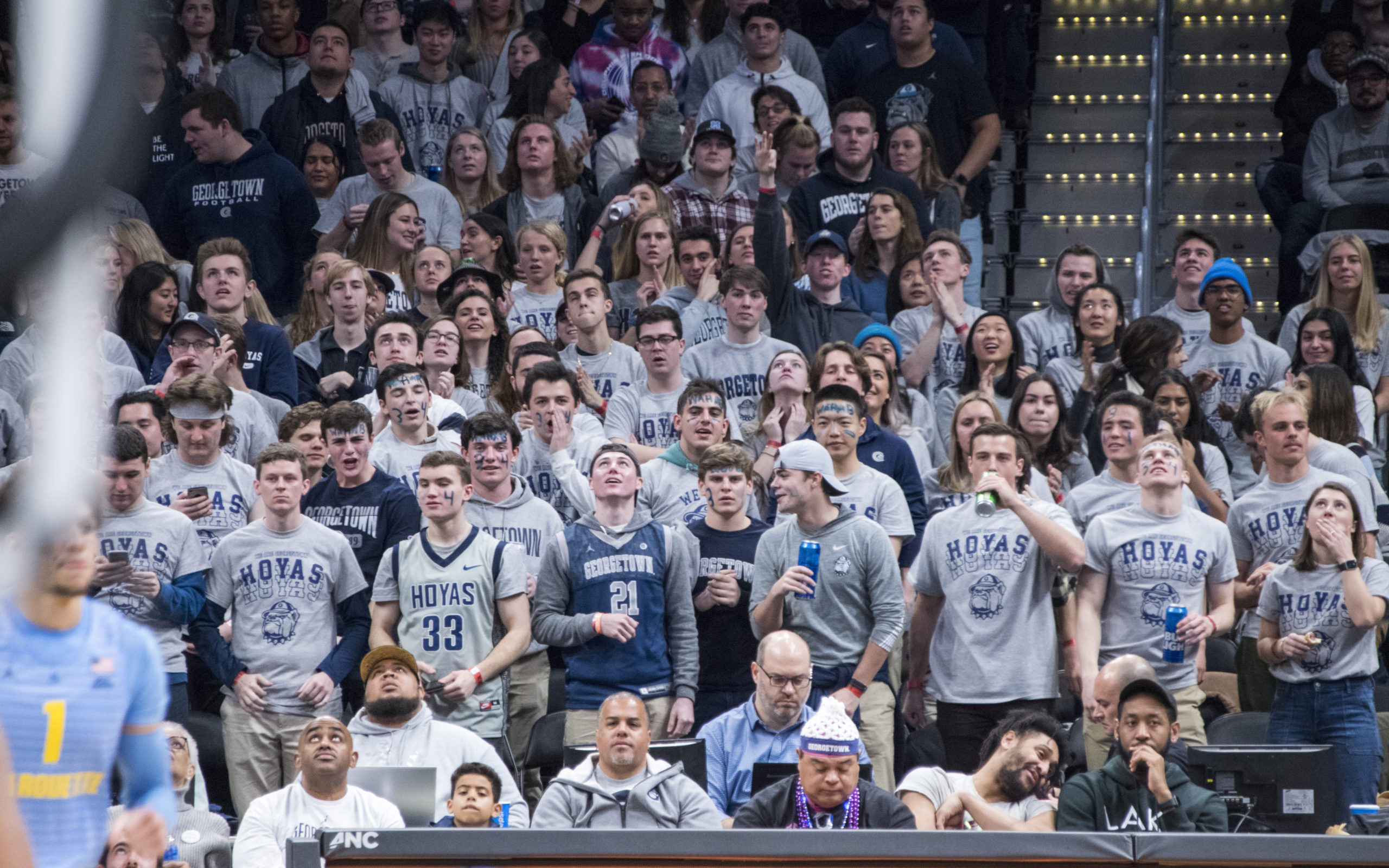

You make a point about the risk being greater in hoops than football when you say “With 353 Division 1 college basketball teams (compared to 130 FBS teams), the opportunities for spreading the disease are even more numerous.” yet a college basketball team has, including players, fewer than 25 people in contact with one another. In football that number is well over 100. Further, with relation to football, how many college players have come down with any symptoms and/or (more importantly) been hospitalized? I don’t know the answer (your vague comment that there have been numerous COVID outbreaks makes me… Read more »